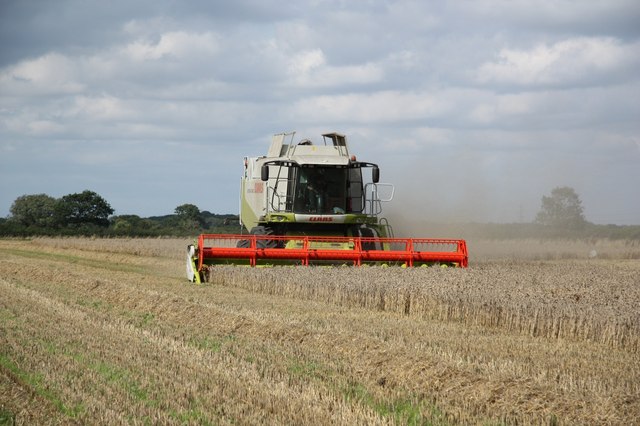November 29th, 2014.
The Price and Popularity of Farmland

Image: Wikipedia
“My grandfather used to say that once in your life you need a doctor, a lawyer, a policeman and a preacher, but every day, three times a day, you need a farmer.” – Brenda Schoepp
Despite the recessions, depressions and consternations of the last decade, new research has shown that the big financial winners were Britain’s farmers with the value of their land almost quadrupling in this time frame.
A number of factors are to ‘blame’, such as climate change, rising global demand for food, and an influx of overseas investment due to liberal British land ownership laws. But the highly profitable result is that a hectare of British farmland bought in 2002 is currently one of the best performing investments in the country, according to new research from Savills. Being a bit more specific, up until 2012, good agricultural land in the UK had grown 270% in value from 10 years earlier to £15,415, outstripping gains in prime central London, which rose by 135% over the same period.
James Cairns from Savills international land markets had this to say: “The general view is that growth is going to continue in the UK, though values are very high and how long it can be sustained is unclear.”
Looking at this from a global perspective, Britain’s farmlands are worth 3 times the price of a hectare of farmland in the US and more than 15 times the cost of an equivalent paddock in Australia, two of the world’s largest food producers. This high value has attracted great swathes of large sovereign wealth funds seeking a secure investment in which to park their capital. The liberal land ownership laws here in the UK, business property relief, and the ability to pass down holdings to the next generation without incurring inheritance tax have all been great attractors.
And as Cairns put it: “The UK is seen as a stronghold of capital preservation and if they can put their wealth into a UK farm, that’s very interesting to them.”
But despite this growth in value by British farmland – which has consistently demonstrated a 14% growth rate per year – it is still behind the average global trend, which, according to Savills, has increased by an average of 20% per year.
And the two culprits appear to be climate change and rising demand for food from Asia’s rapidly growing emerging economies.
“If climate change is having an impact on production in places like Australia and America and harvests are affected by flooding or drought, then worldwide supplies are affected, which means it’s more important to develop farming activity in new areas like the emerging markets”, said Mr Cairns.
The highest growth rates are in:
• Romania
• Hungary
• Poland
• Zambia
• Mozambique and
• Brazil.
Farmland in Romania grew by an exciting 40% in value per year over a decade-long period, which was double the global average and the fastest growth of any country since its accession to the EU.
“As a general rule, the emerging markets like Romania and Zambia are growing very quickly and looking at the next ten years, they’re going to be the countries I would expect to have the most growth, both in terms of income and capital”, said Mr Cairns.
So even though British farmland has not been top-of-mind as an investment for property investors, thanks to its performance over the last decade, this status of affairs is very likely to change.





